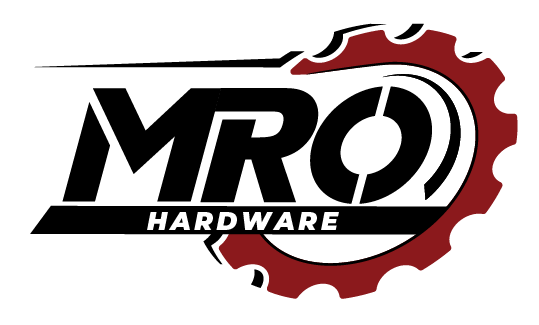In the industrial sector, where the risks are as varied as the industries themselves, maintaining a safe working environment is paramount. From manufacturing plants to construction sites, the deployment of appropriate safety supplies is crucial not only for compliance with safety regulations but also for the protection of workers from potential hazards. This article explores the different types of industrial safety supplies, including fencing, safety glasses, gloves, helmets, lights, personal protective equipment (PPE), respirators, safety tape, vests, and welding supplies, highlighting their importance and applications.
Personal Safety Supplies
- Glasses/Goggles: Eye protection is non-negotiable in environments where particles, chemicals, or intense light pose risks. Safety glasses and goggles protect against visual and physical eye injuries, which are common in sectors like manufacturing, woodworking, and chemical processing.
- Gloves: Different materials and designs cater to various industries. For example, rubber gloves resist chemicals, while cut-resistant gloves are crucial in metal handling and construction work. Gloves protect hands from burns, cuts, electrical shocks, and cold or heat impacts.
- Helmets: Safety helmets or hard hats are vital in preventing head injuries. They are a common sight at construction sites, mining operations, and any workplace where objects might fall from above or where head bumps might occur.
- Personal Protective Equipment (PPE): PPE is a broad category that includes items like full-body suits, aprons, and ear protection, designed to protect workers from specific hazards present in their job environment.
- Respirators: In industries where air quality may be compromised by dust, vapors, or harmful gases, respirators are crucial. They filter out contaminants, providing clean air for breathing.
- Vests: High-visibility vests are essential in environments where it is crucial to be seen, such as on construction sites or in traffic control roles. They ensure that workers are easily visible, thus preventing accidents.
Industrial Safety Supplies
- Fencing: Safety fencing is critical in industrial settings, serving to delineate safe zones, manage traffic, and restrict access to hazardous areas. It helps in preventing unauthorized entry and accidents by providing a physical barrier around dangerous machinery or open constructions.
- Lights: Adequate lighting is essential for safety in low visibility conditions. Industrial-grade lights ensure that work areas are well-lit, reducing the risk of accidents due to poor visibility.
- Safety Tape: Used for marking hazards, creating safety lanes, or cordoning off dangerous areas, safety tape is an easy-to-implement tool that enhances workplace safety through visual communication.
- Welding Supplies: Specific to the welding industry, these include masks, gloves, and protective screens, which protect against sparks, intense light, and heat.
Conclusion
Each type of equipment plays a specific role in safeguarding workers against the particular risks associated with their work environments. By properly equipping workers with the necessary safety supplies, industries not only comply with legal safety standards but also foster a culture of safety that can significantly reduce workplace accidents and injuries. Whether it’s through the simple act of wearing gloves or as complex as setting up safety fencing, the right supplies can make all the difference in creating a safer, more efficient work environment.

